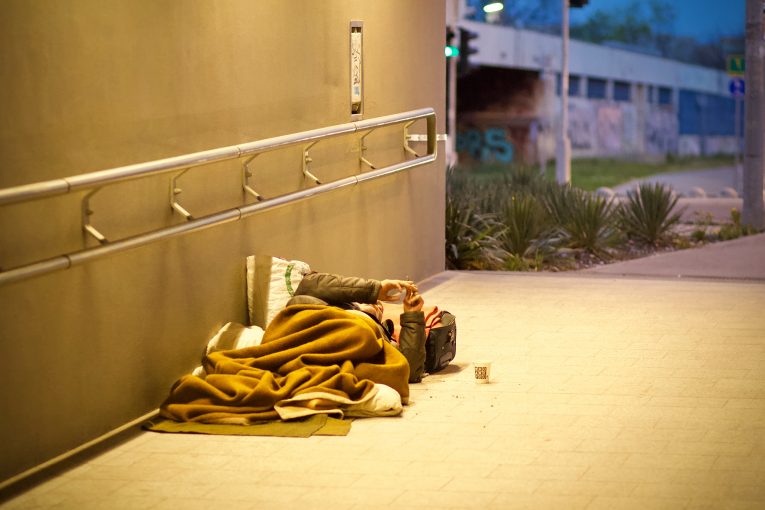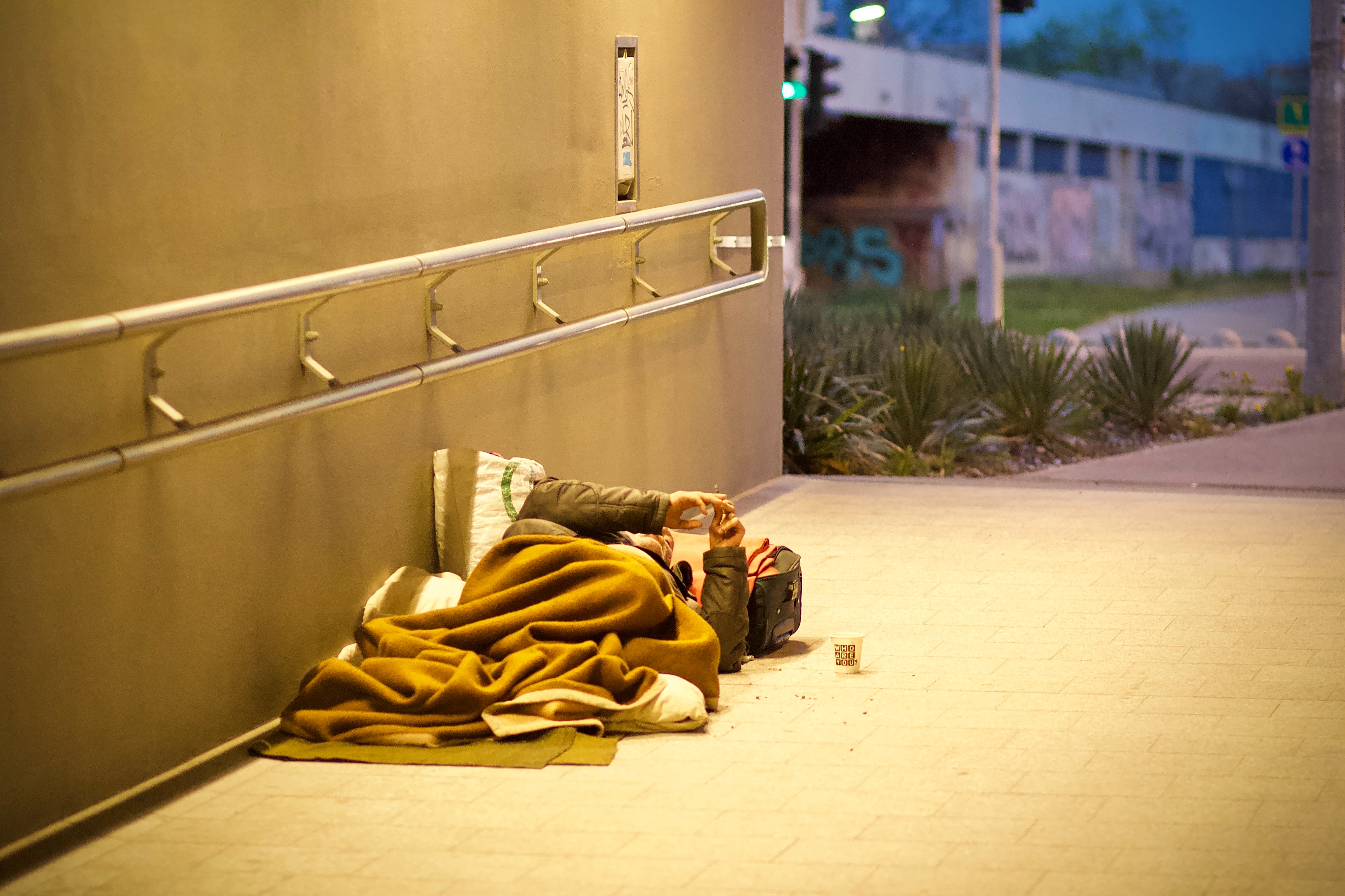

Special to the Vanguard
Washington, DC – Calling it the most ambitious effort “by any administration to prevent people from becoming homeless,” the Biden administration released their plan to reduce homelessness, “which sets a bold but achievable goal to reduce homelessness 25 percent by 2025.”
The plan also looks to “address inequities that disproportionately impact underserved communities, including people of color and other marginalized groups, and help cities and states reduce unsheltered homelessness.”
To reach this goal, the plan outlines new strategies to prevent homelessness and increase the supply of housing with supportive services.
“These strategies build on the proven “Housing First” model— an approach where housing is the first step to a better, safer, and healthier life and serves as a platform for  providing services so that people can stay housed,” the White House set forth in a police statement.
providing services so that people can stay housed,” the White House set forth in a police statement.
The plan “also sets the foundation for new initiatives, including one to reduce unsheltered homelessness in a cohort of geographically diverse communities that is being announced today.”
In the plan, President Biden calls on state and local governments to set their own goals for 2025 and to use All In as a blueprint for addressing homelessness in their communities.
“My plan offers a roadmap for not only getting people into housing but also ensuring that they have access to the support, services, and income that allow them to thrive,” said President Biden. “It is a plan that is grounded in the best evidence and aims to improve equity and strengthen collaboration at all levels.”
The White House noted that a previous plan under the Obama administration utilized proven strategies that led to a significant drop in homelessness between 2010 and 2016.
Taking a veiled swipe at the Trump administration, the White House notes, “between 2016 and the beginning of the pandemic, some of those gains were reversed due to a lack of focus on evidence-based strategies and the number of people experiencing homelessness increased 6%.”
New data released by HUD shows that further increases in homelessness were largely avoided despite the economic crisis created by the COVID–19 pandemic –in large part because of “the Biden administration’s robust response, including critical assistance in the American Rescue Plan and a historic economic recovery. According to HUD data, 582,462 people were experiencing homelessness on a single night in January 2022 – a slight .3% increase since 2020.”
They explained, “Because the Administration kept the national eviction moratorium in place until August 2021 and support from the American Rescue Plan, evictions were prevented and many vulnerable families were able to stay in their homes.”
Moreover, “the expanded Child Tax Credit helped drive child poverty to record lows in 2021.”
As a result, “eviction filings remained more than 20 percent below historic averages in the 12 months following the expiration of the national eviction moratorium.”
Despite overall homelessness remaining relatively flat, the number of people experiencing unsheltered homelessness—including people living in cars and tents—rose by 3%, the White House explained.
“This recent rise in unsheltered homelessness stems from a number of factors, including: decades of growing income inequality; rising rents and limited housing supply; the pandemic’s impact on shelters and other services; criminalization of homelessness that makes it harder for people to find housing and jobs due to arrest and conviction records; and inadequate access to health care (including mental health and substance use treatment) and job training,” the White House continued.
Ending unsheltered homelessness then is the goal and “will require a coordinated effort to promote healthy and safe communities where all can live in dignity.”
The White House and the U.S. Interagency Council on Homelessness (USICH) are announcing a new initiative dedicated to partnering with state and local governments to improve and accelerate their efforts to get people off the streets and into homes.
Early next year, the White House and the U.S. Interagency Council on Homelessness will begin working with a cohort of cities and states that will receive:
- Full-time federal assistance: A community response team will develop and execute a new local strategy over two years to reduce unsheltered homelessness. The team will be made up of a full-time lead and part-time federal program experts, including a USICH senior regional advisor, who will work in partnership with elected and local leaders, homeless service providers, and people who have prior or current experience of homelessness.
- Maximum flexibility and regulatory relief: The community response teams will identify problems and USICH will lead a task force to identify solutions and minimize red tape and bureaucratic processes.
- Technical support and additional capacity: The federal government will help participating communities utilize and analyze all available data.
- Volunteer support: Agencies will provide volunteers for outreach to people experiencing homelessness and access to peer-to-peer networks to exchange best practices and approaches.





